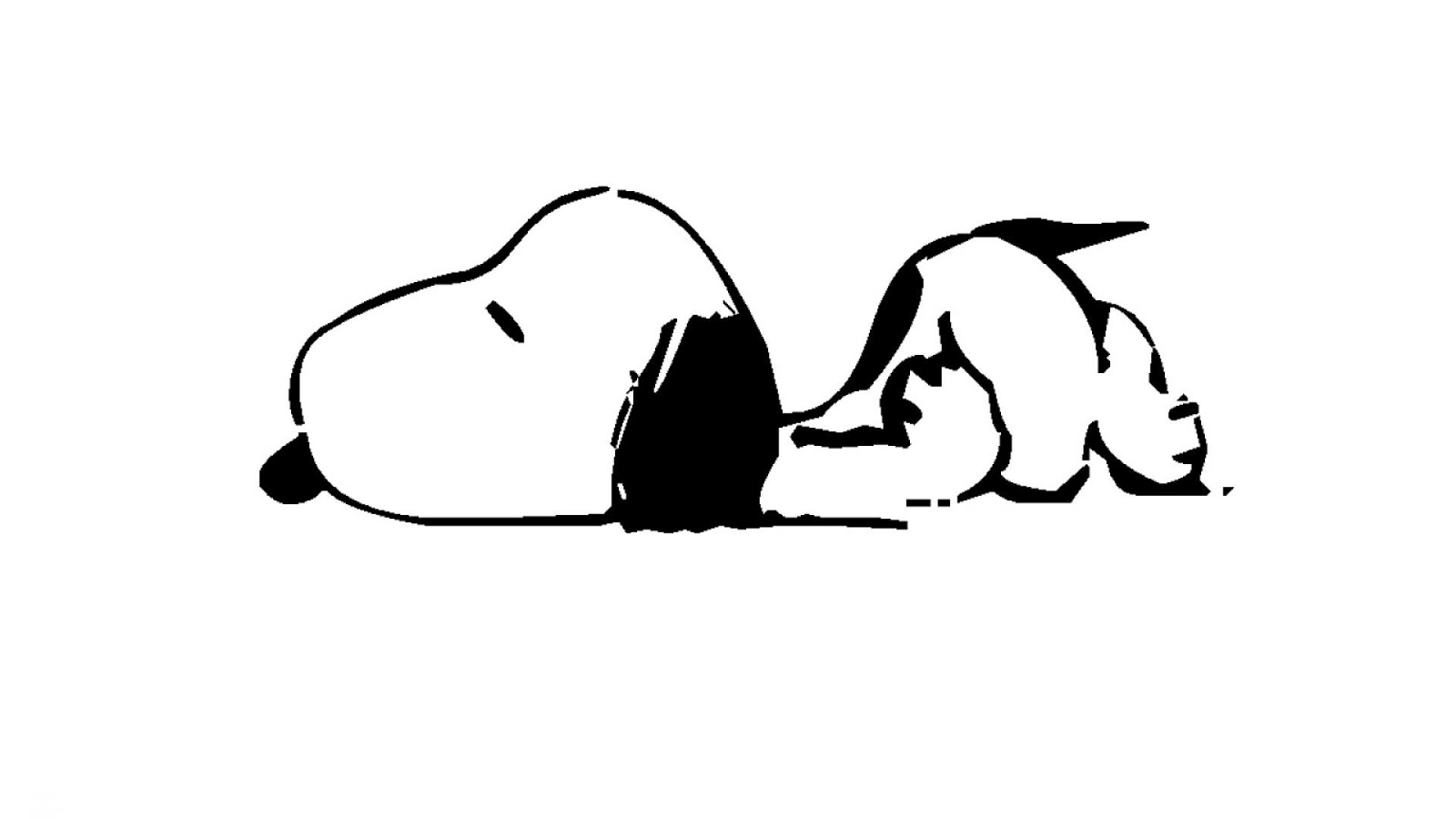 "For persevering chase and headlong leaps,
"For persevering chase and headlong leaps,
True beagle as the staunchest hound he keeps”
William Cowper, The Progress of Error (1782)
Can there be any doubt that the late American cartoonist Charles Shulz lived with beagles? Schulz's iconic comic strip may have been called Peanuts and may have featured that round-headed kid, but Snoopy and entire generations of fans knew who the strip really was about. From WWI Ace to Joe Cool, Snoopy epitomizes the All-American Beagle.
While the beagle has a solid claim to being an All-American dog--holding firmly to 4th place in popularity ranking the past several years according to the American Kennel Club--the ancestral hound that would be beagle is lost in the far distant mists of antiquity.
While the beagle has a solid claim to being an All-American dog--holding firmly to 4th place in popularity ranking the past several years according to the American Kennel Club--the ancestral hound that would be beagle is lost in the far distant mists of antiquity.
Greek grammarian Julius Pollux referenced dogs [Onomasticon circa 180 C.E.] being used as hunting companions as early as 1300 B.C.E. Xenophon, one of Socrates' students, also wrote about small hounds used to hunt rabbits and hares in the ancient world.
Contemporary studies on the origins of dogs and domestication generally agree that proto dog, as yet unknown offsprings of the grey wolf and other wild canids, was the first animal to link up with prehistoric hunter-gatherer humans some time before the beginnings of agriculture and civilization. Until further scientific data is unearthed, it remains to be seen exactly who domesticated whom, dog or man.
Contemporary studies on the origins of dogs and domestication generally agree that proto dog, as yet unknown offsprings of the grey wolf and other wild canids, was the first animal to link up with prehistoric hunter-gatherer humans some time before the beginnings of agriculture and civilization. Until further scientific data is unearthed, it remains to be seen exactly who domesticated whom, dog or man.
From it prehistoric origins as a survival skill, hunting gradually evolved over thousands of years into sport. England’s landed gentry and nobility engaged in blood sports socially as early as the 14th century. Mounted on horses, these huntsmen employed large packs of large and small hounds and terriers to run down deer, fox, badger and hare. Additionally, these to the manor born Brits employed kennel masters whose task it was to selectively breed hounds specifically for the local hunt conditions, i.e., larger, swifter hounds where the countryside was more open; smaller, tenacious hounds where the woods and thickets were more dense.
Scent hounds
Selective breeding in scent hounds began in St. Hubert's monastery in Belgium during the Middle Ages. Celtic dogs from Gaul were used by the monks to develop a large-boned, medium-sized dog. Rather slow as a hunter, the St. Hubert Hound proved to be doggedly determined with a melodic voice and superior nose.A direct ancestor of today’s Bloodhound, the St. Hubert spread throughout Europe to become a progenitor of several scent hound breeds, among them the Talbot Hound.
Exactly how and when the Talbot came to the British Isles is not known with any degree of certainty. Prevailing legend and anecdotal history claims William the Conqueror brought the Talbot to England in the 11th century where it was bred with the Greyhound in an attempt to improve the dog's speed. This new hound mix was dubbed the Southern Hound, or so the story goes.
 |
| Southern Hound |

No comments:
Post a Comment